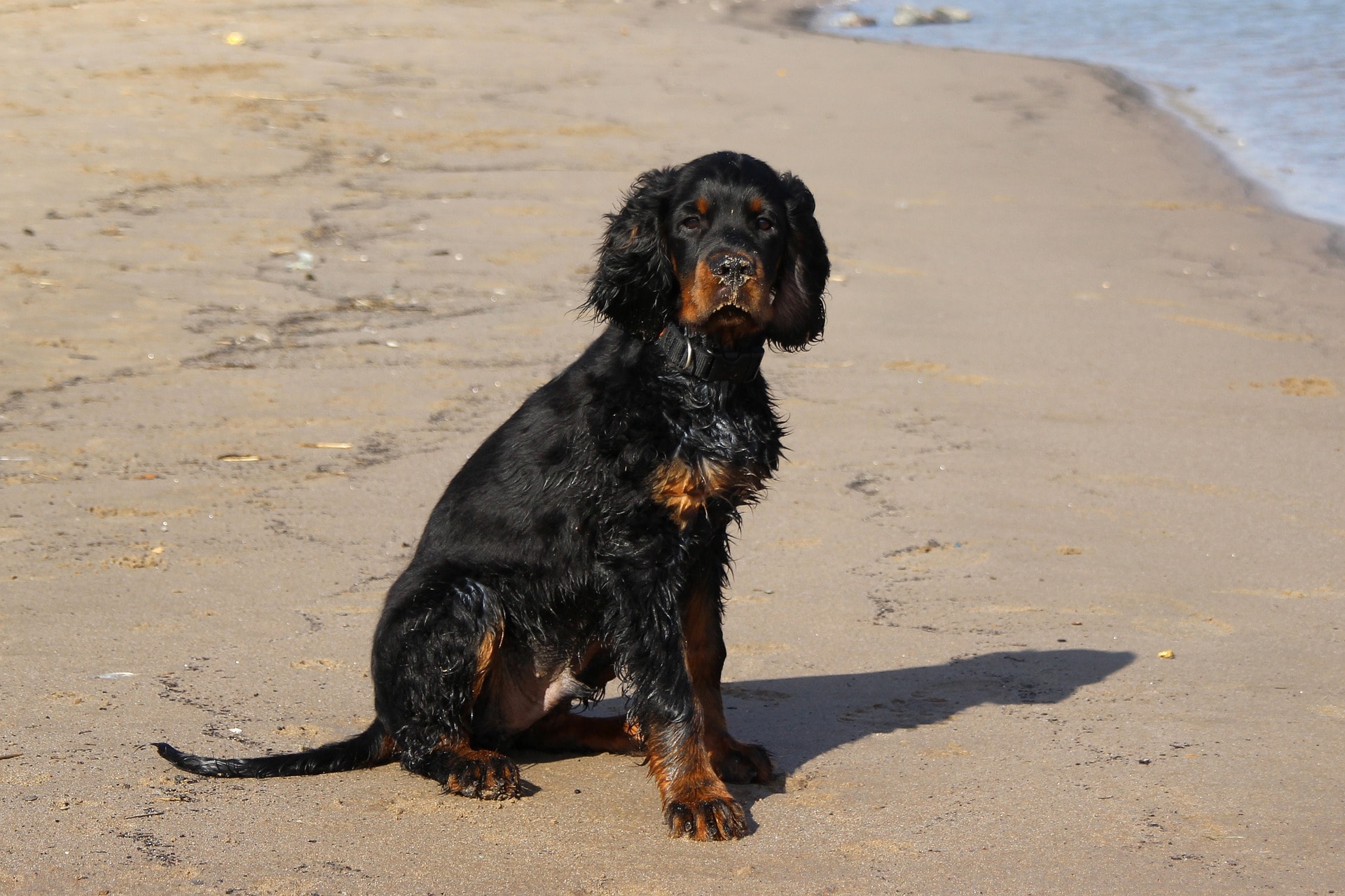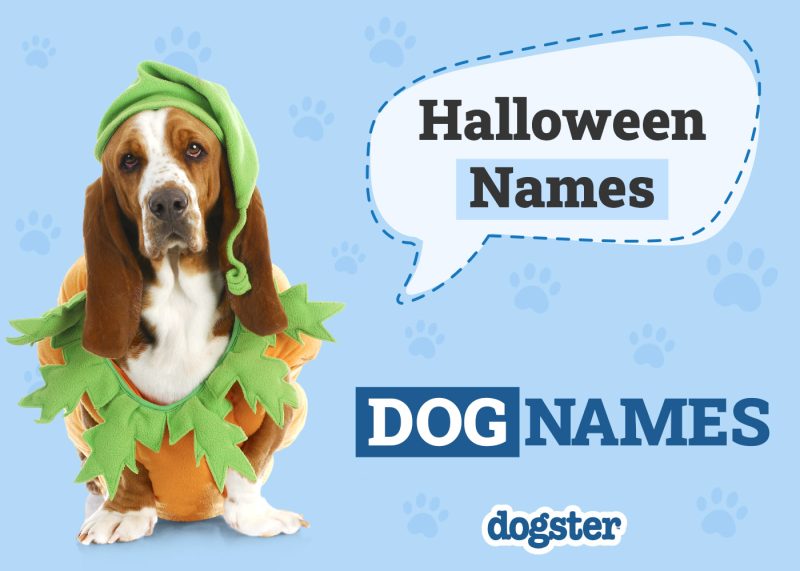In this article
View 8 More +Choosing the right dog breed to adopt can be challenging, as there are just so many out there. But with so many to pick from, you might want to go with a dog that’s a bit more uncommon than, say, a Golden Retriever. If you’re looking for a pup that not everyone will have, you may want to consider the Gordon Setter.
This dog breed is highly active and loves spending time with their humans. They’re also known for their loyalty and make excellent watchdogs. Want to learn more? Keep reading to find out everything you should know about the Gordon Setter!
Breed Overview
Height:
23–27 inches
Weight:
45–80 pounds
Lifespan:
12–13 years
Colors:
Black and tan
Suitable for:
Those who are active, families with older children
Temperament:
Active, affectionate, clever, loyal
You might not have heard of the Gordon Setter, but these canines have existed since the 1600s. They came to the United States from Scotland, where they were bred to be bird-hunting dogs. Though they might not be hunters today, these dogs still have a lot of endurance, intelligence, and patience, making them wonderful pets for the right people!
Gordon Setter Characteristics

Gordon Setter Puppies

The Gordon Setter is a fairly uncommon breed in the U.S., but there’s a chance you could locate one at your local shelter or from a rescue organization. If you go this route, you might want to see if your shelter has a wait list for specific breeds; if so, put your name on it so you can get your new canine companion sooner rather than later. However, if you don’t have any luck with a shelter or rescue, you’ll need to go through a reputable breeder for your pup. Be warned, though, that this can be a bit pricey.
Once you get your puppy, make sure you have lots of time to dedicate to them. The Gordon Setter has tons of energy and is constantly curious, so these dogs will always be into something! And if they get bored, you can expect them to make their own entertainment.
Gordon Setter Origin & History
These canines date back to the 1600s, but it wasn’t until the 1800s that they started to come into their own. People in the U.K. and Scotland were searching for a bird-hunting dog that would lie down quietly when prey was spotted. Many setter breeds came into being during this time, but the Gordon Setter was the heaviest of these breeds, which made it exceptionally suited for Scotland’s rugged landscape.
Not long after, the fourth Duke of Gordon began breeding Black and Tan Setters. When he first started, these setters looked similar to an English Setter, but as he continued mixing breeds (including Black Setters, Black and Tan Collies, and Bloodhounds), the modern Gordon Setter was born.
The Gordon Setter eventually made its way to the States in 1842 and was recognized by the American Kennel Club (AKC) in 1892. At this point, the dogs were still known as Black and Tan Setters; the name Gordon Setter was coined in 1924.

Temperament & Intelligence of the Gordon Setter
You’ll find that the Gordon Setter is highly affectionate, intelligent, and loyal. These pups adore spending time with their people and can suffer separation anxiety if they are left on their own for long periods. As affectionate as they are with their people, they tend to be more cautious of strangers, so they’ll let you know if someone is approaching your home, making them wonderful watchdogs.
These pups are smart and eager to please, which aids in training them. However, they also tend to have a bit of a stubborn streak, as they prefer to think for themselves! The Gordon Setter is also quite energetic, so they need lots of activity and play each day.

Are These Dogs Good for Families? 👪
Gordon Setters make fantastic pets for families who are active. However, because the breed is highly energetic, they will likely do better with older children. These pups can get along fairly well with kids once they’ve been properly socialized and trained and tend to be gentle and patient.
The Gordon Setter will watch over everyone in the family and will want to do whatever you’re doing at all times!
Does This Breed Get Along With Other Pets? 🐶 😽
Provided they’re properly trained and socialized, the Gordon Setter should get along quite well with other animals in the household, whether those animals are dogs, cats, or other pets. However, this breed is often wary of dogs they don’t know, so any introductions with current dogs in your home should be made carefully! You can help your pup get used to the idea of other dogs by taking them on trips to the dog park or enrolling them in a puppy kindergarten.
Also, always keep an eye on your Gordon Setter when they are around smaller pets. They may get along with them, but this breed was once used as a hunting dog, so they may decide a smaller animal is their prey.

Things to Know When Owning a Gordon Setter
There’s so much more to know about these gorgeous pups, so if you’re considering a Gordon Setter, keep reading! We have all the information you need on how to care for one of these dogs so they live their healthiest, happiest lives.
Food & Diet Requirements 🦴
Like all canines, the Gordon Setter needs high-quality dog food that meets their specific nutritional needs. A dog food created for larger breeds may be ideal, as it will likely not contain an overabundance of protein. Because the Gordon Setter is a larger breed, they need to grow slowly to let their bones mature. This means they require a food that only has 26% protein or less. If their food has more than this amount of protein, it could lead to your dog having problems as they develop. If you’re unsure what brand is best for your pup, speak with your vet, as they’ll be able to give you a recommendation.
Also, speak with your vet about how much to feed your Gordon Setter. The recommended amounts listed on dog food bags are sometimes incorrect, and you want to make sure you don’t feed your dog too much.
Another concern when it comes to eating is how fast your Gordon Setter eats. This breed is prone to bloat, and the risk of bloat increases for canines who eat quickly. If your pet eats too fast, use a puzzle feeder to slow them down or break their meals into smaller, more frequent ones.
Exercise 🐕
We mentioned before that the Gordon Setter is a highly active dog; you’re looking at one to two hours of exercise and play a day with one of these pups! This breed has great endurance and was bred to run, so they’ll enjoy hikes, long walks and runs, and intense play. The Gordon Setter is quite intelligent, too, so they require plenty of mental stimulation! This makes dog sports, such as agility training, perfect for them.
This isn’t a dog that will do well in an apartment. Because they’re larger, they’ll do best in a home that has a yard they can run and play in.

Training 🎾
The Gordon Setter is intelligent and eager to please, but they do have a stubborn streak. They prefer thinking for themselves, which can occasionally make training a challenge. But if you start training your pup as soon as you bring them home, you can help combat this stubbornness.
This breed enjoys learning new things but can get bored if training lasts too long. So, keep training sessions short and mix things up to provide variety for your pet!
Remember to socialize with your pup, too. To avoid any issues in the future, you want to make them less cautious of strangers as soon as possible, so be sure to bring them around other dogs, people, and animals as often as possible.
Grooming ✂️
Because this breed has such a long, lush coat, you’ll need to brush your Gordon Setter every other day to prevent mats, tangles, and excessive shedding. You may also want to keep the hair between your pup’s toes and on the bottom of their feet trimmed to prevent the hair from picking up dirt in the warmer months and ice balls in the colder months. Because this breed has heavy, hanging ears, they are more likely to develop ear infections, so you’ll want to check their ears at least once a week. Wipe ears out with a cotton wipe or ball moistened with a dog-friendly ear cleaner.
Other than that, you only need to bathe your dog as needed, trim their nails when they get too long, and brush their teeth regularly!
Health and Conditions 🏥
Overall, the Gordon Setter is a fairly hardy breed. They are prone to a few hereditary health issues, though, so if you go through a breeder, be sure to chat with them about any health tests that were done and what you should know about hereditary conditions.
- Sebaceous cysts
- Eye problems
- Bloat
- Cancers
- Hypothyroidism
Male vs. Female
There won’t be much difference between a male and female Gordon Setter when it comes to personality (although all dogs are individuals!). However, there will be a minute difference in size as males will be a bit larger than females. Whether a female or male is right for you and your family will really be a matter of personal preference.

3 Little-Known Facts About the Gordon Setter
Excited to learn even more about the Gordon Setter? Here are three facts you might not have known!
1. The Gordon Setter came to America by way of Daniel Webster.
Former Secretary of State Daniel Webster and a friend brought the first Gordon Setters to America. Those setters became the foundation of the breed in the U.S.
2. This breed was one of the first to be accepted by the AKC.
The AKC was founded in 1884, and the Gordon Setter was recognized in 1892, making it one of the earliest dog breeds to be accepted by the club.
3. The Gordon Setter has celebrity fans.
Both Diane Sawyer and Ed McMahon owned Gordon Setters. Sawyer had one named George, while McMahon had one named Juniper Berry.


Final Thoughts
The Gordon Setter can make a fantastic pet for the right person or family. You must be active to keep up with this breed, though! Besides their high energy, this breed is known for being affectionate and loyal, with a love of shadowing their humans.
However, this dog isn’t for everybody. The Gordon Setter needs someone who is active and lives in a space with a yard where they can play and run. They also need a home without small children, but preferably with someone who is home more often than not.
If you think this breed is the right fit for you, you’re in for a world of adventure!
Featured Image Credit: Anna Tronova, Shutterstock


















